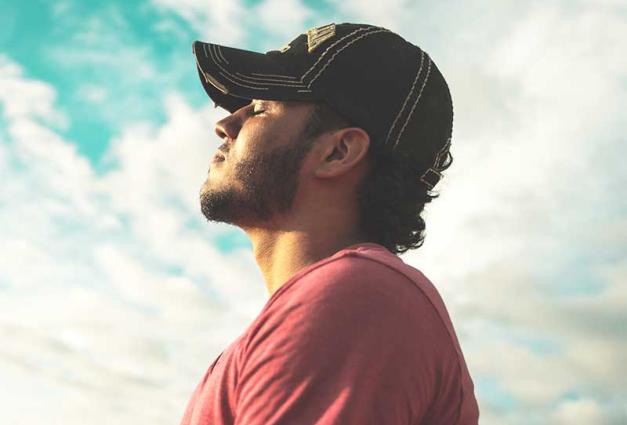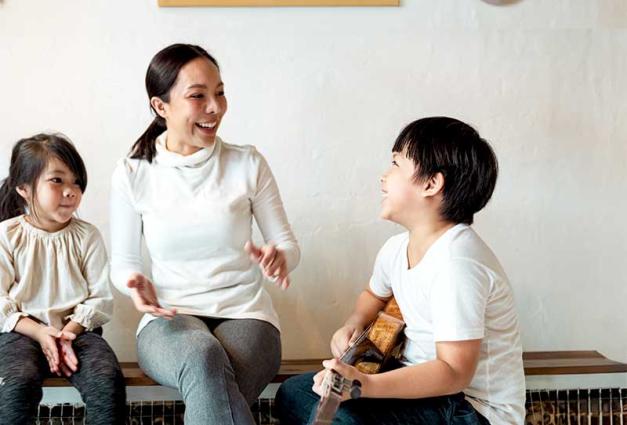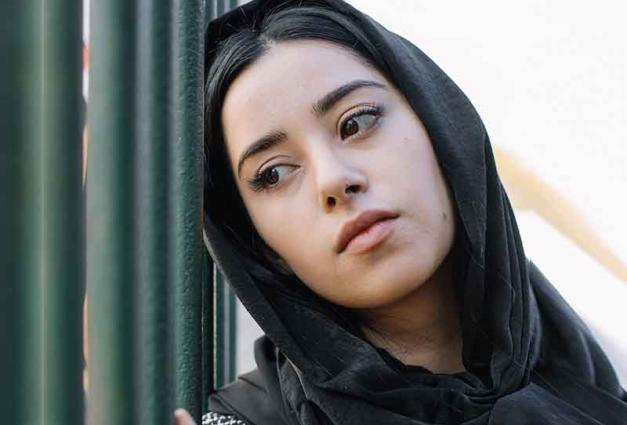The United States has a tragically high rate of COVID-19 deaths. We are making a lot of deadly mistakes. Here are four dangerous myths that continue to spread this deadly disease. These myths are all grounded in rules of thumb—common ways of thinking that are sometimes useful. But when a pandemic is at work, what is sometimes useful can become deadly.
Myth 1: It Won’t Happen to Me. One family of biases that contribute to the U.S. COVID-19 disaster includes a set of closely-related cognitive biases such as optimism, invulnerability, and overconfidence. Overconfidence, for example, is the tendency to be more confident than correct. Overconfidence is especially pronounced in people who are just beginning to learn about a topic (check out the Dunning-Kruger effect for details). Overconfidence is also exaggerated in children, teens, and young adults and in men. Beginning with youth, this is a window of overly positive beliefs. How many times have you seen a group of unrelated 15-year-olds blatantly violating social distancing rules? How many times have you seen their parents doing the same?
To make matters worse, the 49% of the human population known as men are brimming with overconfidence. In tasks as diverse as gambling, driving, and predicting one’s success on unfamiliar tasks, men are more overconfident than women. Psychologist David Smith has shown that even male monkeys are more overconfident than are female monkeys. To see how this applies to COVID-19, ask yourself (a) which gender is much more likely than the other to forego wearing the face masks that reduce COVID-19 transmission and (b) which gender has a higher COVID death rate. Here’s a clue: It’s not women.
Myth 2: It Won’t Happen in the Summer. I fell prey to this myth myself when I assumed, in March of 2020, that COVID-19 infection rates would follow the same seasonal pattern as the common cold. After all, one family of cold-causing viruses is coronaviruses. Further, rates of the common cold decrease greatly in the summer. But I was falling prey to the representativeness heuristic, which involves assuming that two things that resemble one another (say, because they have a similar name or appearance) share many other properties. Many stereotypes obey this rule of thumb.
But someone forgot to tell the novel coronavirus to be exactly like its distant cousins. We do not yet know if, or to what degree, the novel coronavirus differs from the common cold in its seasonality. Nationwide, COVID-19 deaths dropped roughly 50% from April to May. Then they dropped another 50% from May to June. That seemed seasonal. But then they increased by about 25% from June to July, and they do not appear to be letting up. This does not wholly rule out seasonality. But it’s not as simple as we might have hoped. Complicating things further, seasonality is strongly connected with time spent indoors. This brings us to our third myth.
Myth 3: Ignoring the Dangers of Crowded Indoor Spaces. Most viruses like cool, dry air, and the novel coronavirus is probably no exception. Even more important, experts believe that the primary method of COVID-19 transmission is breathing in the tiny particles of moisture that an infected person sneezes or exhales. This means it’s never very safe to be in a crowded indoor place with lots of strangers. Physical distancing and mask wearing continue to be crucial to curtailing the spread of COVID-19. And being outdoors is much, much safer than being indoors.
Notice that the connection between time spent indoors and seasonality is complex. Even if warm weather is no friend to COVID-19, hot weather may not be COVID-19’s sworn enemy. In very hot places like Florida, Texas, and Arizona — which enjoyed low COVID-19 infection rates in the spring of 2020 — rates shot up in the summer, which is when people began to stay inside because of the heat. Some variation on the representativeness heuristic is probably at work here, too, because people do not normally associate indoor spaces with danger – or associate outdoor spaces with safety. Likewise, few people associate summer weather with increased illness.
Myth 4: All Masks are Created Equal. You didn’t really think your Halloween mask would protect you. But studies show that all masks are not created equal. Whereas properly-worn medical (N95) masks reduce transmission, homemade masks vary from those that are arguably a little better than N95 masks to those that are worse than no mask at all. Two- or three-layer cotton masks that fit the face snugly are excellent. This seems to include snug fitting, double-layered masks made from t-shirts. But a single layer of t-shirt cotton stops only about 40% of the moisture people expel when talking or breathing. Moving up to a double-layer of t-shirt cotton reduces deadly spray by 98%.
In contrast, the thin, light gaiters that became so popular in the summer of 2020 may prove to be even worse than wearing no mask at all. Gaiters became popular, in part, because they are comfortable. But gaiters, like bandanas, are comfortable because there is little to them. This means that they merely break up expelled moisture into smaller specks that may float in the air longer than they would with no mask. Some researchers have begun to question this specific finding, but it seems likely that at least some gaiters offer very little protection. This myth arises from another distressing example of the representativeness heuristic at work. Gaiters look a lot like some of the other masks that are effective weapons against COVD-19. But gaiters may be a public health disaster.
This is only a short list of the many myths about COVID-19. The only proven paths to fighting COVID-19 include things like social distancing, good masks, testing, and contact tracing. Some people have expressed distrust over scientific advice about COVID-19 because it keeps changing. But that’s science. Knowledge evolves as we discard and update incorrect ideas. This refinement process isn’t done yet, but it is the best chance we have against the deadly enemy known as COVID-19.
Brett Pelham is a social psychologist who studies health, gender, racism, and social inequality. He is also an associate editor at Character and Context.




